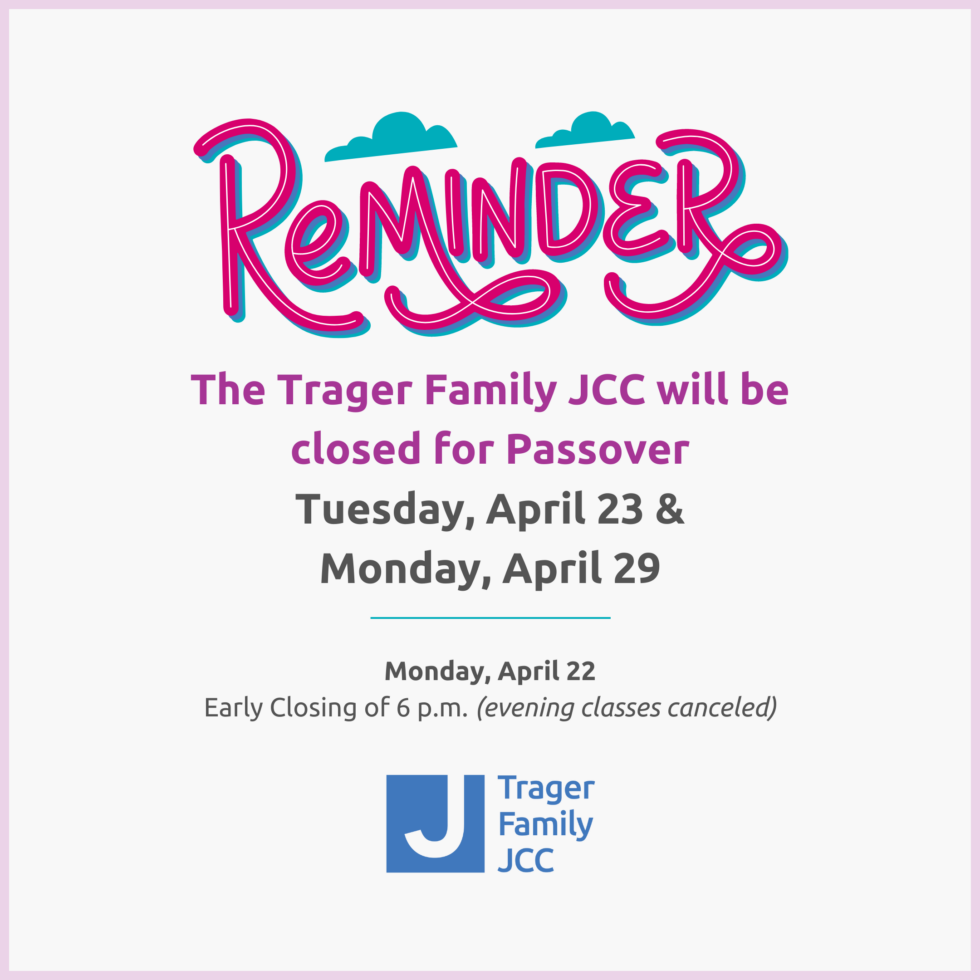[by Shiela Steinman Wallace]
There are many Jewish rituals surrounding death and mourning, all of them designed to recognize the difficulty of losing a loved one – providing community support for the bereaved family throughout the entire process and treating the dead with respect.
Friends and neighbors are there for the family of the deceased from the beginning. Because death can be very traumatic, it is assumed that the family may not even remember to eat, and they certainly can’t keep track of all the details that must be attended to. Often friends arrange for food, provide transportation for the family, keep track of gifts that are brought and handle many other details.
Traditionally, the funeral is held within three days and often within 24 hours of the death out of concern for the family and respect for the dead. Families who chose burial within 24 hours are following two commandments found in Deuteronomy 21:23: “Thou shalt surely bury him the same day;” and “His body shall not remain all night.”
As an additional sign of respect, from the time of death until burial, the body is never left alone. In Louisville, as in many Jewish communities, members of the Chevra Kadisha (burial society) prepare the body and remain with it until burial.
The service, too, is designed with the family in mind.
A minyan, an assembly of at least 10 Jews age 13 or older (in some traditions, a minyan is 10 Jewish men, 13 or older), is required for the funeral service because the mourner’s Kaddish is a prayer that must be said in community. The community is present to support and comfort the mourners. A funeral may be held with fewer than 10 people, but Kaddish may not be recited.
While Kaddish is recited by mourners during the funeral and at subsequent services for the next 11 months and on the yahrtzeit, the anniversary of the death, Kaddish is actually an Aramaic prayer praising God. By reciting Kaddish, the mourner is reaffirming his/her acceptance of God’s will in the face of his/her loss.
Some believe that when the physical body ceases to exist, the soul continues to live. And when the living perform mitzvot in honor of the person who has passed on, those mitzvot are to that person’s merit – giving life and growth to the soul in the world to come. Therefore, by reciting Kaddish and publicly proclaiming God’s greatness, we transform the event of death into an act of life
Shortly before the service begins, the keria ceremony, rending of a garment, is performed. Today, most often, close family of the deceased are given a black ribbon to wear and the ribbon is the garment that is torn.
This tradition also has roots in the Bible. When Jacob is told by his sons that Joseph was killed by a wild beast and they showed their father his bloodstained multi-colored coat, Jacob was so stricken that he tore his own clothes. Later, the Bible also recounts that David tore his clothes upon hearing of the death of Saul.
At the cemetery, after the coffin has been lowered into the grave, it is the custom for those who wish to participate in filling in the grave to take dirt on the back side of the shovel and stick the shovel in the remaining dirt when they’re done, rather than handing it to the next person in line.
The side of the shovel is used to differentiate between filling in a normal hole and filling in a grave. The shovel is not passed from person to person to avoid passing the grief from person to person. This is also the reason people wash their hands when they return from the cemetery before entering the house of mourning.
The week of shiva, intense mourning, begins upon the family’s return home following the funeral. The shiva candle is lit to mark the time. During shiva, the community surrounds the family and ensures that they are taken care of.
At the end of the week, the family comes out of shiva and continues with shloshim, the 30-day period following the death during which they gradually resume their normal activities.
In subsequent years, the family observes the yahrtzeit to honor and remember their loved one.
There are many more traditions surrounding death and mourning than can be covered in this article.
Additional information can be found in The Jewish Book of Why by Alfred J. Kolatch. Sonny, Janet and Eileen Meyer at Herman Meyer and Son may also be able to answer your questions.



